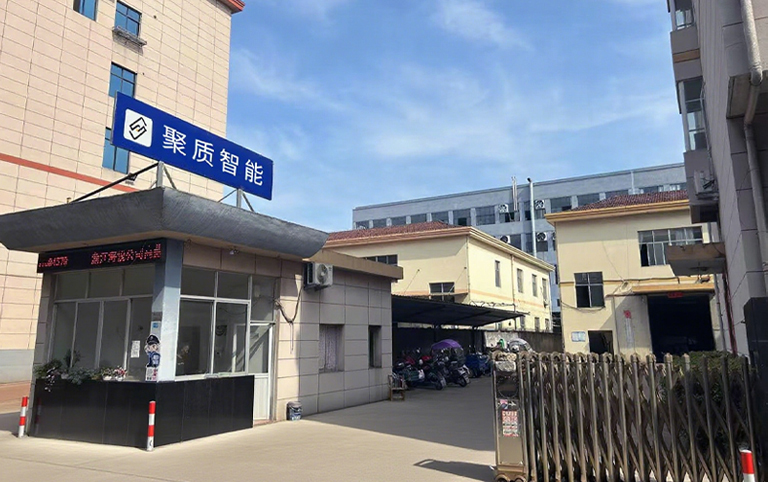Welding masks, distinct from welding helmets, are specialized protective eyewear and face coverings designed to shield operators from the hazards of welding, cutting, and thermal cutting processes. These lightweight, hand-held or head-mounted devices serve as critical personal protective equipment (PPE) for metalworking and industrial applications. Unlike welding helmets, which typically enclose the entire head, welding masks focus primarily on protecting the face, eyes, and neck from sparks, spatter, and intense light emissions.
The defining feature of welding masks is their light-filtering capacity, which is essential for safeguarding the eyes against ultraviolet (UV) and infrared (IR) radiation emitted during welding arcs. Without proper protection, prolonged exposure to these radiations can cause severe eye damage, including photokeratitis and permanent vision impairment. Welding masks are engineered with filters that block harmful wavelengths while allowing sufficient visibility of the workpiece. The filters are often color-coded by shading density, indicating their level of protection—a darker shade corresponds to higher filtering capacity for bright or concentrated light sources.
In addition to light filtration, welding masks provide physical protection. Their primary use is to defend against molten metal sparks, slag, and spatter, which can reach high speeds and temperatures during operations such as manual metal arc welding, gas metal arc welding, or plasma cutting. Some masks are constructed with heat-resistant materials to endure prolonged exposure to thermal radiation without degrading, while others feature outer layers designed to repel liquid splashes or chemical fumes.
The design of welding masks emphasizes portability and flexibility. Many models are handheld, allowing operators to quickly secure the mask when needed and adjust their position freely. This portability is particularly advantageous in tasks requiring mobility or when working in confined spaces where a full welding helmet may be impractical. However, certain masks also include adjustable head straps or neck brackets for hands-free operation, extending comfort during long shifts.
While welding masks prioritize eye and face protection, they do not typically encompass full head enclosure or respiratory support. For environments necessitating comprehensive safety, such masks may be used in conjunction with additional PPE, including respirators or helmets. Their lightweight construction and focused protection make them proper for short-duration tasks, welding repairs, or supplementary use alongside other shielding equipment.
Welding masks are indispensable tools within metal fabrication, construction, automotive repair, and other trades involving high-heat processes. They ensure operator safety by reducing risks to the eyes and surrounding facial areas, enabling precise and uninterrupted workflow. Their adaptability across various applications underscores their value as essential gear for professionals navigating hazardous welding environments.
